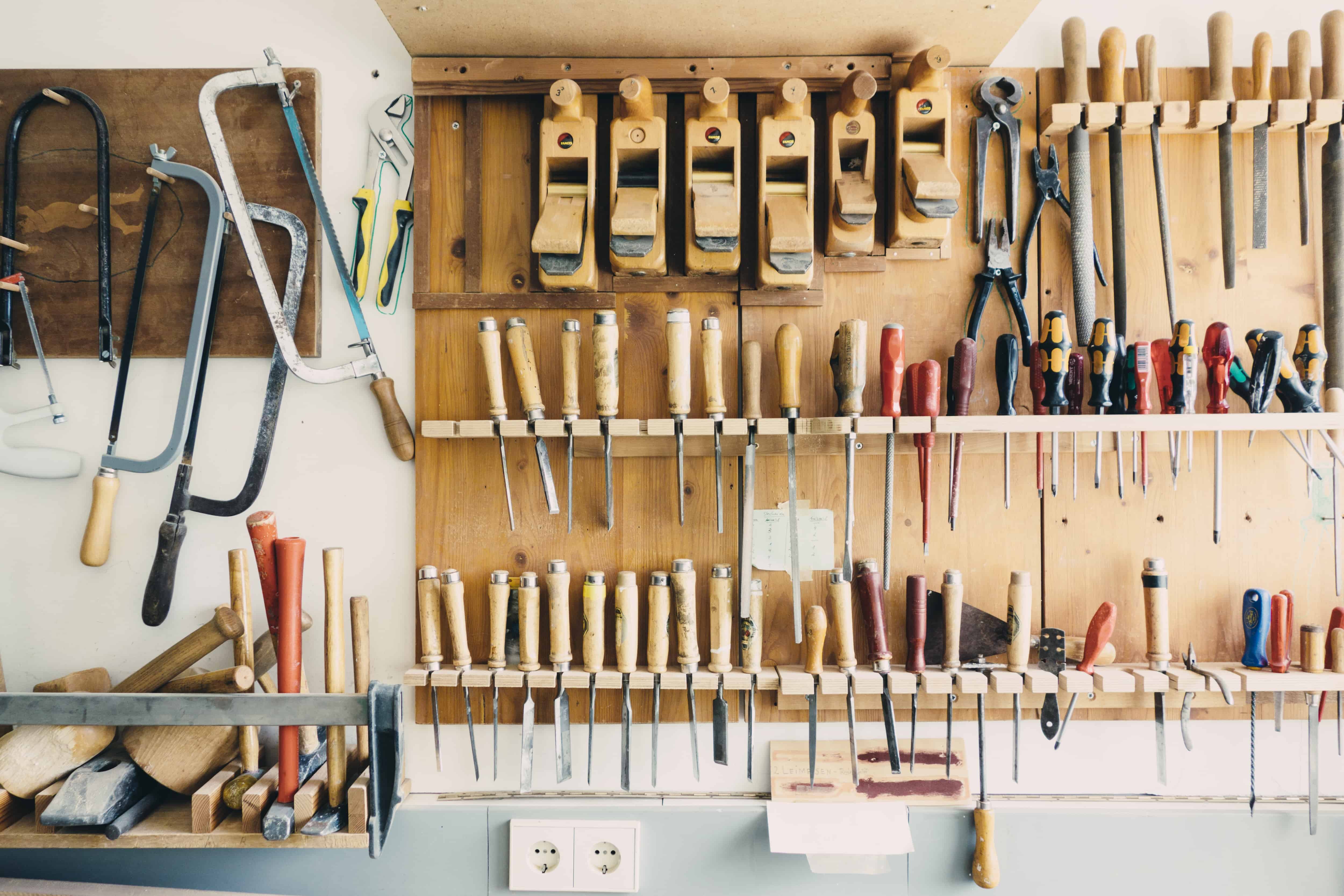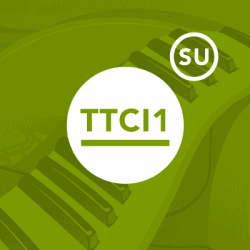
Creating your own original music is one of the most beneficial aspects of studying an instrument and being a musician. In Part 1, I talked about two of the three keys to reaping those benefits. First was understanding why making up your own music is good for you, even if you’re not especially interested in becoming a composer or a songwriter, and even if you don’t think of yourself as being especially creative. Then we saw that it was important how you go about things, adopting a constructive attitude, one of openness, exploration and non-judgment.
Let’s take a look at the third key, what to do, which is all about having the right tools to work with and working with them in the right way. I developed the Tune Toolkit -Comp & Improv program especially to provide you with a set of tools that are easy to use, empowering you in making great-sounding original music. The principles, though, hold true no matter where your music creation tools may come from and what shape they may take.
The Unlimited Potential of Limits
You’ve got your understanding about why it’s worth composing and improvising, and your attitude is positive and open. How, then, do you get started? You have 10 fingers. The piano has 88 keys. And just about every piece of music ever written for most instruments you’ve ever heard of can be played with those fingers on those keys.
Mozart is considered by many to be the greatest composer of all time, and even he didn’t make use of the full range of compositional possibilities the piano offers. Neither did Telemann, who is in the Guinness Book of World Records as the most prolific composer of all time. Thinking of all the other pieces of music ever composed across time and musical styles, it’s obvious that these composers didn’t even scratch the surface. With innovation and novelty continuing all the time, it seems possible that even all the composers the world has ever seen, all put together, may not yet have come close.

The possibilities can be overwhelming
Well, the key is to cut down the possibilities. That may sound strange when what we’re trying to do here is open up your creativity. But that’s how creativity works.
Most of the possible combinations of letters on a page wouldn’t make words and sentences that we could understand. Just the same, most of the compositional possibilities of any instrument are things few of us would want to hear. But even when you eliminate those, the remaining possibilities are enormous. There are an infinite number of numbers, but there are also an infinite number of numbers between 1 and 2. Too much freedom actually shuts you down, but limiting yourself can still yield infinite options.
Within those infinite options that at least some people might enjoy listening to, there are tools you can use, principles that can guide you, so that you have particular things to go on, further whittling down those infinite possibilities and giving you a greater sense of knowing what you’re doing while still leaving room for your own originality.
Let me tell you about something called a strange attractor. It’s a concept from math, and in particular chaos theory. In a nutshell, it’s a kind of system that has a strong identity and a noticeable structure, but when you look closely at it, every part of it is unique. Imagine an ant running around a racetrack, always staying on the track, always looping around and around lap after lap, but never stepping in a footprint it had already made.
This is what can happen when there are strong limits that give a definite sense of order while leaving endless possibilities for just how things might play out within those limits. And these are exactly the kinds of things you can learn to play with as a composer and improviser of original music. Any art has principles, and even the most innovative geniuses in any art form usually had a solid grounding in the craft, the principles, the rules. As the great painter Pablo Picasso said, “Learn the rules like a pro, so you can break them like an artist.”
In other words, limits are not the enemy of creativity, not any more than the skin and the skeleton are enemies of the body. These kinds of limits and structures are exactly what make interesting things possible.

Simplicity Is Your Friend
The Simply Music Piano method regularly breaks projects down into Single Thought Processes. Before bringing puzzle pieces together, we work on them individually, whether it’s separate hands, or rhythm and melody, or other aspects of a piece.
The same approach helps make it easy to learn to create original music. There is a better way than confronting the overwhelming possibilities of the piano from scratch, opening oneself up to everything including the countless possibilities that nobody is likely to enjoy. It’s far better to just play with one little puzzle piece at a time, one tool at a time, one attractor at a time. It’s far better to have some idea about what kinds of combinations of letters make sensible words than to just throw letters on a page and hope for the best.
The Tune Toolkit – Comp & Improv program follows this approach, providing step-by-step guidance through dozens of tools. Each is simple to use and yet opens unlimited possibilities for music creation.
Simplicity here takes a couple of forms. First is the simplicity of the tools themselves and the process of using them one at a time. Second is the music you create, which can sometimes actually be fairly sophisticated even when you use a simple tool, but which can also itself be relatively simple, especially when you’re first learning to use each new tool.
Starting off creating music that’s simple isn’t just good in terms of skill development. It’s also an aesthetically worthwhile thing to do. From Beethoven’s “Ode to Joy” to Irving Berlin’s song “What’ll I Do” to so many others, some of the greatest music in the world is very simple. Even as your skills and experience develop over time, you’re likely to find that some of your own favorite creations may have aspects that are relatively simple.
To get a taste of all this, you can check out an older post I wrote for The Playground called “Wander Your Way to Improvisation”. In addition to some other advice and perspective on improvising music, you’ll get to work through an improvisation activity that’s built on a few very simple ideas.
In fact, this improv project is actually a hybrid of different tools from the Tune Toolkit program, with aspects from both Volume 1 and Volume 2. The program includes comprehensive video materials much like Simply Music’s Foundation stream, but you’ll find that even the written description of steps in the “wandering” project are very easy to follow and can lead to lots of potential variety for improvisation.
With a playful attitude, a lack of self-judgment, tools that open up huge possibilities within well-established limits, and an approach that has you exploring one simple tool at a time to build your experience, you’ll be on your way to all the amazing benefits that creating your own original music has to offer!
 The Tune Toolkit – Comp & Improv program is an exciting new package for teachers and students, developed by Advanced Simply Music Teacher Mark S. Meritt, for everyone who wants to explore creating their own music. Like the bucket and spade in your musical sandbox, Tune Toolkit provides practical, fun resources and offers a structured pathway for achieving real results. It is a powerful enhancement to the experience of composing and improvising in your Simply Music lessons. Talk to your Simply Music Teacher to learn more.
The Tune Toolkit – Comp & Improv program is an exciting new package for teachers and students, developed by Advanced Simply Music Teacher Mark S. Meritt, for everyone who wants to explore creating their own music. Like the bucket and spade in your musical sandbox, Tune Toolkit provides practical, fun resources and offers a structured pathway for achieving real results. It is a powerful enhancement to the experience of composing and improvising in your Simply Music lessons. Talk to your Simply Music Teacher to learn more.







